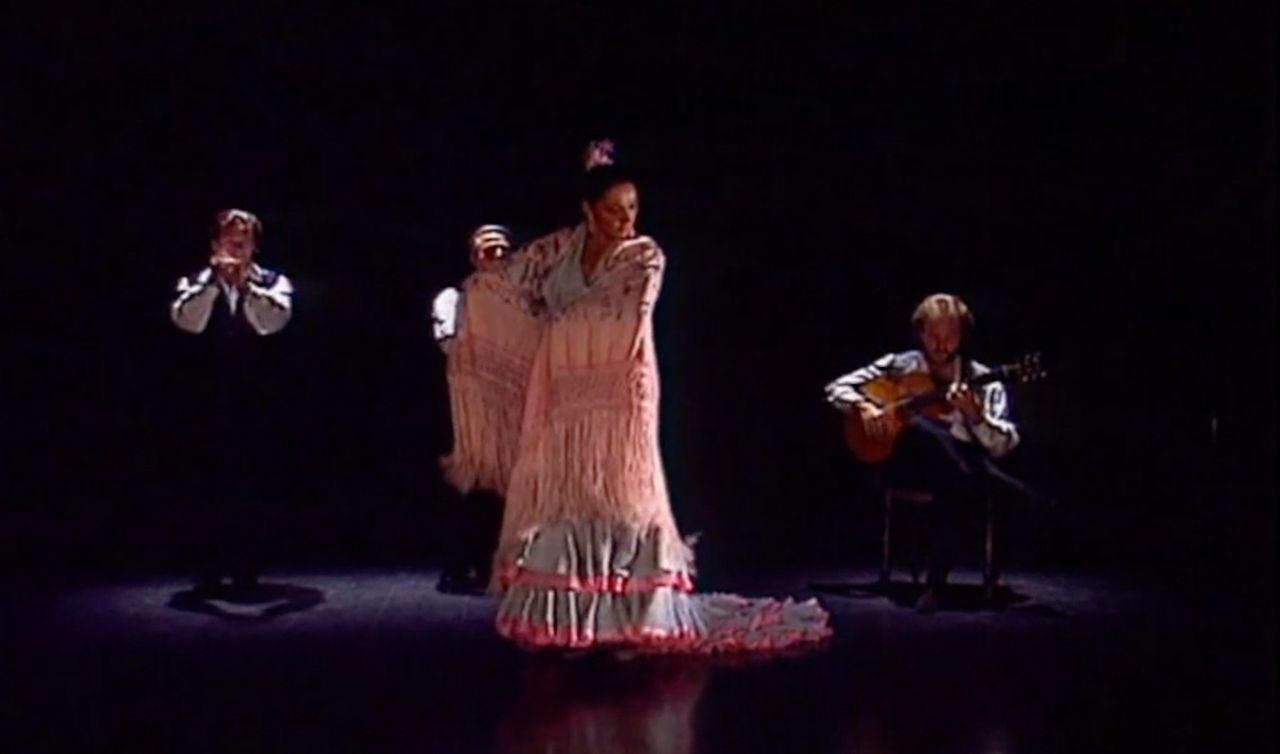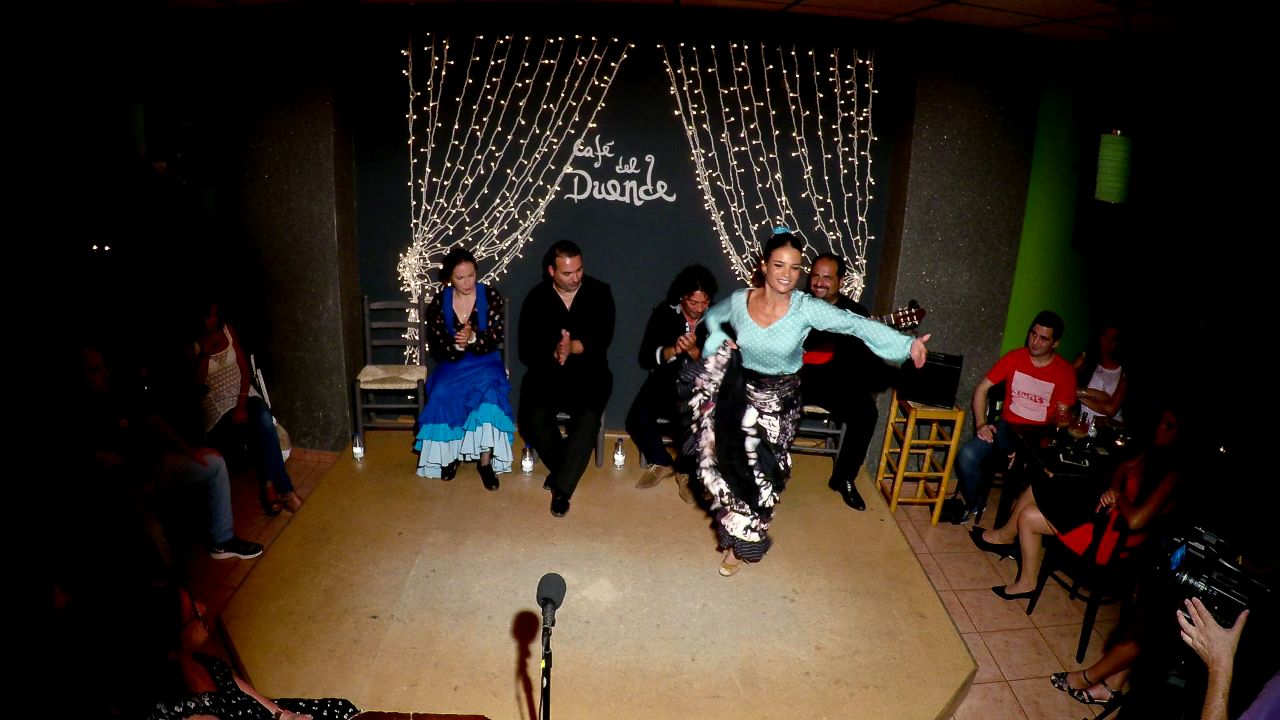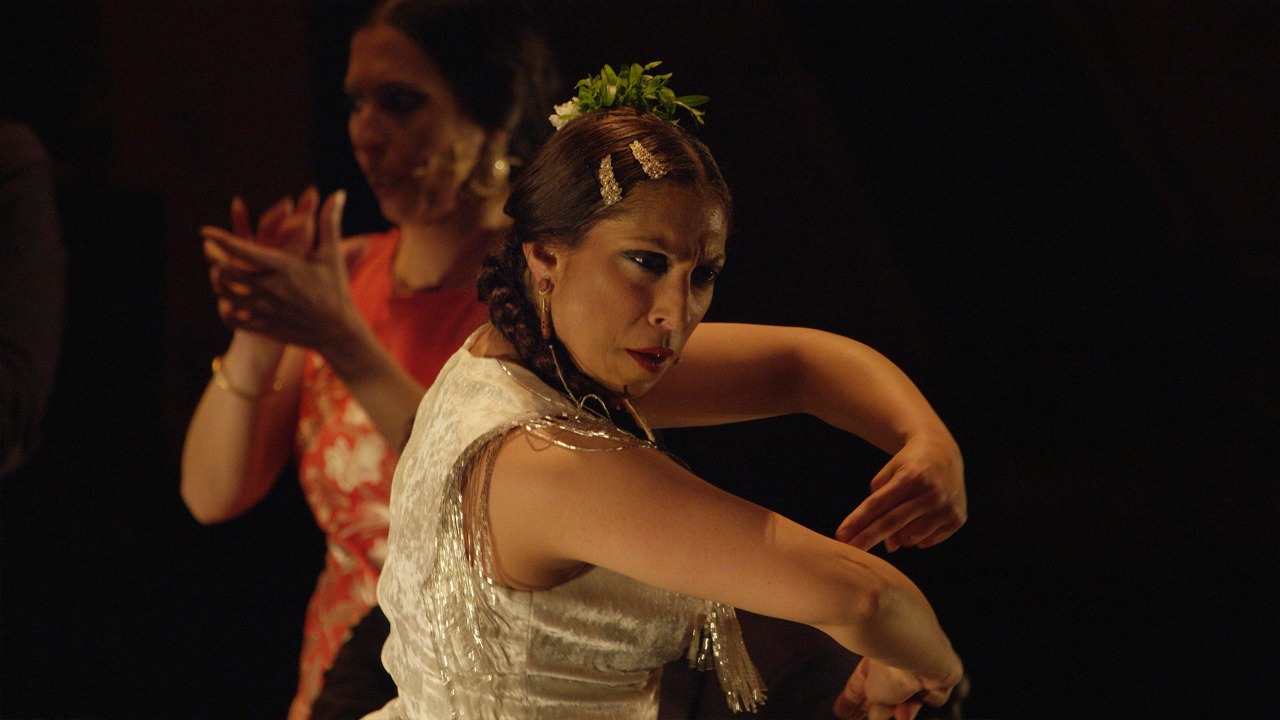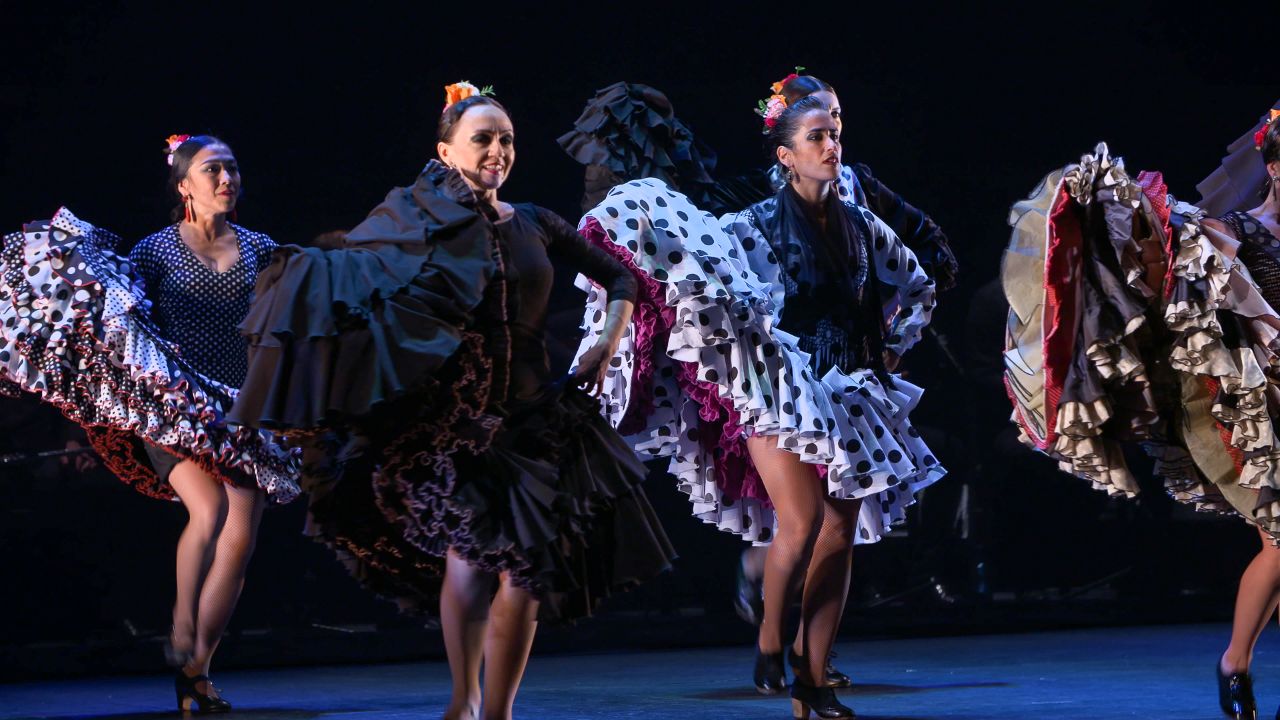Flamenco dance is not just a form of movement—it is a language of the soul, born from the fusion of cultures, from the pain and joy of a people, from the land of Andalusia and its powerful contrasts. Its history is one of survival, of artistic expression that has risen from the margins to conquer world stages. Today, it shines brightly on platforms like ALL FLAMENCO, where this art form is celebrated in all its diversity.
1. The Deep Roots of Flamenco Dance
The origins of flamenco dance trace back to a complex blend of cultural influences in Andalusia between the 15th and 18th centuries. It was in this crucible that Gypsy, Moorish, Castilian, African, and Jewish traditions came together. Flamenco emerged as an expression of marginality, linked to exile, discrimination, and the struggle for identity.
While singing (cante) was the initial pillar of flamenco, dance (baile) emerged as a physical response to that lament—a cry from the soul. The first flamenco dances are believed to have been improvised, intimate performances, held in courtyards, caves, and family gatherings.

2. Cultural Influences That Shaped Its Character
Flamenco dance is the offspring of many cultures. From the Arab world, it inherited expressiveness and rhythmic richness; from the Gypsy people, a visceral, emotional character; from African music, the use of complex rhythm and body percussion; and from Castilian and Andalusian folklore, certain steps and choreographic structures.
This fusion did not happen overnight. For centuries, flamenco was an oral, unwritten art form passed down through generations. Only in the late 18th and early 19th centuries did it begin to consolidate as a recognizable style.
3. Early Forms of Flamenco Dance
The first documented appearances of flamenco dance date back to the 19th-century café cantantes. In these spaces, dancers began to shape what we now recognize as theatrical flamenco. Dance evolved from intimate settings to public performance, incorporating new forms, technical virtuosity, and expressive power.
During this era, styles like the farruca, zapateado, bulerías, and alegrías gained popularity—each with its own unique movement vocabulary. Women took on prominent roles, with pioneers such as Juana la Macarrona and Pastora Imperio.

4. From Tablao to Theater: The Professionalization of Flamenco Dance
By the 20th century, flamenco dance had become a professional artistic discipline. Companies were founded, shows choreographed, and international tours launched. Icons like Vicente Escudero, Antonio Gades, Carmen Amaya, and Antonio El Bailarín defined an era of brilliance.
Theater and cinema played key roles in flamenco’s global expansion. Professionalization brought structured schools, teaching methods, and a rich stylistic evolution.
5. Legendary Dancers Who Shaped Flamenco
Flamenco dance has been shaped by unforgettable artists: Carmen Amaya with her fierce power; Antonio Gades with his theatrical style; Matilde Coral with her Sevillian elegance; Manuela Carrasco, La Chana, Rafael de Carmen, Farruquito, Rocío Molina, and many more.
In the 21st century, names like Eduardo Guerrero, Rafaela Carrasco, Belén López, and Fuensanta La Moneta—featured in the ALL FLAMENCO catalog—continue to push flamenco’s boundaries, masterfully blending tradition and innovation.

6. Styles of Flamenco Dance
There is no single flamenco dance style. Many variations exist:
- Traditional or Classical Flamenco: faithful to old forms, often more restrained.
- Theatrical Flamenco: with strong visual elements, ensemble choreography.
- Experimental Flamenco: breaking traditional structures, as in Rocío Molina’s work.
- Festive Flamenco: like bulerías or tangos, characterized by improvisation and social energy.
Each style expresses a unique emotion, context, and worldview.
7. Flamenco Dance Today: A Living, Global Art Form
Today, flamenco dance is a universal art form taught in academies from Tokyo to New York, Paris to Buenos Aires. Declared Intangible Cultural Heritage by UNESCO in 2010, it remains a powerful tool for expression, protest, and cultural identity.
Thanks to platforms like ALL FLAMENCO, audiences can access high-level performances, masterclasses, and documentaries that showcase the rich diversity of flamenco dance.
8. Flamenco Dance on ALL FLAMENCO
ALL FLAMENCO is the go-to channel for flamenco dance lovers. With over 1,500 titles available, it features 4K/UHD recordings of unique shows, festivals, peñas, and masterclasses by top-tier artists.
Highlights include:
- Sara Calero in “Petisa Loca”
- Flamenconautas in “Vamo’ allá”
- Macarena Ramírez, Concha Jareño, and Marcos Flores
Watching flamenco on ALL FLAMENCO feels like being in the front row at the Teatro Villamarta, La Guarida del Ángel, or the Venta de Vargas—only from the comfort of your home and with global access.
👉 Discover the full catalog at: https://allflamenco.net, with apps in Spanish, English, and Japanese.
Frequently Asked Questions about Flamenco Dance Origins
What are the main roots of flamenco dance?
Flamenco dance emerged from a cultural melting pot in Andalusia between the 15th and 18th centuries, shaped by Gypsy, Arab, Moorish, African, Jewish, and Castilian traditions. These influences gave rise to an emotionally intense form of expression closely tied to flamenco singing. Initially, it evolved in marginalized, intimate, and family settings.
When did flamenco dance become professional?
Flamenco dance began professionalizing in the 19th century with the rise of café cantantes, and solidified in the 20th century through dance companies, theaters, and international tours. Pioneers like Antonio Gades, Carmen Amaya, and Antonio El Bailarín were instrumental. Today, professional schools and global circuits are well established.
Where can I watch top-tier flamenco dance today?
On dedicated platforms like ALL FLAMENCO, which offers a unique catalog of performances, recitals, and masterclasses from the best flamenco dancers. You can also experience it at festivals like Jerez or the Bienal de Sevilla, or at iconic tablaos in Madrid and Andalusia. ALL FLAMENCO lets you enjoy flamenco anywhere, with exceptional quality and multilingual access.
What flamenco dance styles exist?
Flamenco styles vary depending on the musical form (palo) and stage format. Examples include:
- Bulerías: festive, fast, and improvised
- Alegrías: elegant and joyful
- Soleá: deep and introspective
- Fandango, tangos, tarantos, farruca, seguiriyas…
Modern, experimental styles also fuse flamenco with other disciplines. Each style conveys its own physical language, rhythm, and emotional intent

